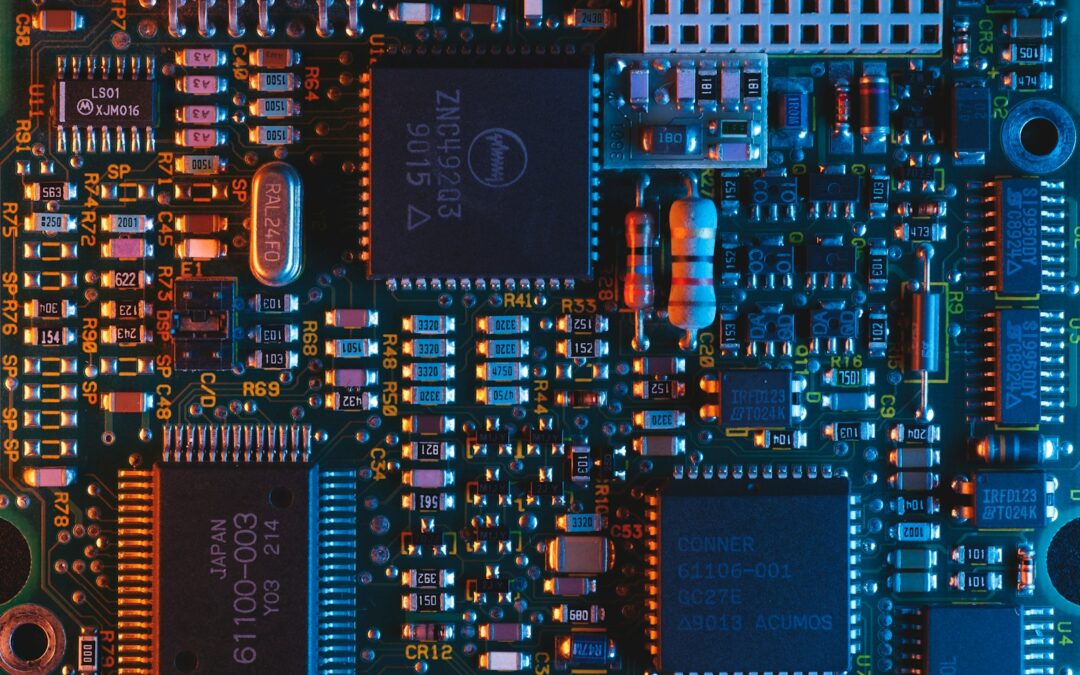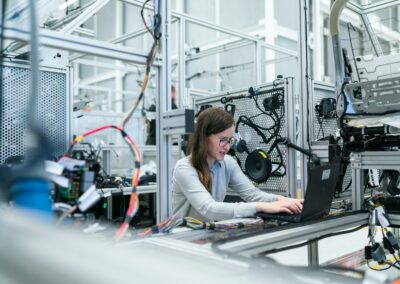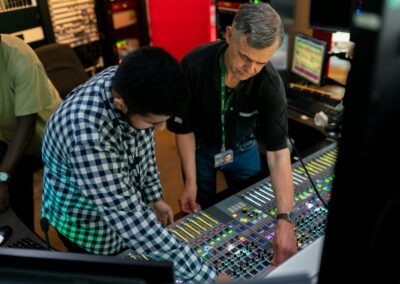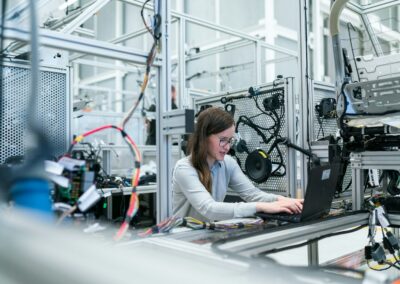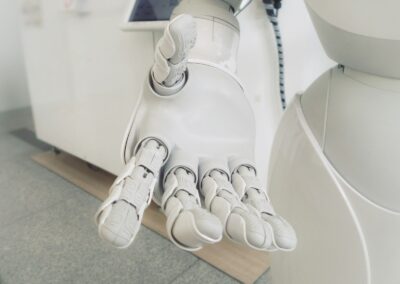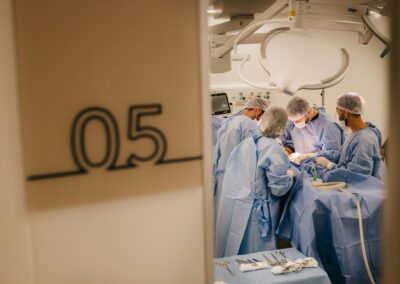Challenges in Adopting Digital Twins in Legacy Manufacturing Systems
Integrating digital twin technology in legacy manufacturing systems presents a range of challenges that must be addressed to harness the full potential of this revolutionary technology. Digital twins create real-time digital replicas of physical systems, allowing for enhanced monitoring, analysis, and optimization. However, the integration of this technology into existing manufacturing systems, particularly those that are legacy or outdated, is fraught with obstacles that need careful consideration and strategic solutions.
One significant challenge is the compatibility between modern digital twin technologies and legacy systems. Many older manufacturing systems were not designed with connectivity and data sharing in mind. This lack of interoperability can make it difficult to integrate digital twins effectively. Legacy systems often use outdated communication protocols and data formats that do not align with the requirements of advanced digital twin solutions. This incompatibility can hinder data flow and reduce the effectiveness of the digital twin in providing real-time insights.
Another challenge is the data quality and quantity required for digital twin technology. Legacy systems may not generate sufficient data or may produce data in inconsistent formats. For digital twins to provide accurate simulations and analytics, high-quality, consistent data is crucial. Manufacturers may need to invest in additional sensors and data acquisition systems to bridge the gap between old equipment and new technology. This can involve significant costs and operational disruptions, especially for businesses operating on tight budgets.
Overcoming Compatibility Issues
To address compatibility issues when integrating digital twins into legacy manufacturing systems, a phased approach is often recommended. This approach involves gradually updating or retrofitting existing systems to support new technologies. One effective strategy is to implement middleware solutions that act as a bridge between legacy systems and modern digital twin platforms. Middleware can facilitate communication and data exchange, ensuring that legacy equipment can share data with digital twins without requiring a complete overhaul.
Another solution is to leverage application programming interfaces (APIs) and custom integration solutions. APIs can enable data exchange between disparate systems, allowing legacy systems to communicate with digital twins effectively. Developing custom integration solutions tailored to specific legacy systems can also help address compatibility issues and ensure seamless interaction between old and new technologies.
Additionally, investing in modular and scalable digital twin solutions can provide flexibility in addressing compatibility challenges. Modular systems allow manufacturers to integrate digital twins incrementally, starting with critical components and expanding as compatibility and data quality improve. This approach minimizes disruptions and allows for a more manageable transition.
Enhancing Data Quality and Quantity
Improving data quality and quantity is essential for the successful integration of digital twins into legacy manufacturing systems. To address this challenge, manufacturers may need to upgrade their data acquisition and management processes. This can involve installing new sensors and data collection devices to capture real-time information from legacy equipment.
Data cleansing and standardization processes are also crucial. Legacy systems often produce data in various formats and with varying degrees of accuracy. Implementing data preprocessing techniques to clean, standardize, and format data before feeding it into digital twin models can enhance the quality and reliability of the simulations and analytics provided by digital twins.
Moreover, manufacturers should consider investing in advanced data analytics and management platforms that can handle large volumes of data and provide actionable insights. These platforms can integrate data from multiple sources, including legacy systems and digital twins, to offer a comprehensive view of manufacturing operations and support informed decision-making.
Strategic Solutions for Successful Integration
Implementing digital twin technology in legacy manufacturing systems requires a strategic approach to overcome the inherent challenges. A comprehensive strategy involves evaluating the specific needs and capabilities of the existing systems and developing a tailored integration plan.
One effective strategy is to conduct a thorough assessment of the current manufacturing infrastructure and identify areas where digital twins can add the most value. This assessment should include evaluating data sources, system compatibility, and potential areas for improvement. Based on this assessment, manufacturers can prioritize integration efforts and focus on areas where digital twins can deliver the greatest benefits.
Engaging with technology partners and consultants who specialize in digital twin technology and legacy system integration can also provide valuable insights and support. These experts can help develop and implement integration plans, address compatibility issues, and ensure that the digital twin technology aligns with the manufacturer’s specific requirements and goals.
Training and upskilling the workforce is another critical aspect of successful integration. Ensuring that employees have the necessary skills and knowledge to operate and maintain digital twin technology is essential for maximizing its benefits. Providing training programs and resources can help staff adapt to new technologies and optimize their use in the manufacturing environment.
Embracing the Future of Manufacturing
In conclusion, integrating digital twin technology into legacy manufacturing systems presents several challenges, including compatibility issues and data quality concerns. However, with strategic planning, phased implementation, and the right technology solutions, these challenges can be effectively addressed. By leveraging digital twins, manufacturers can enhance operational efficiency, gain valuable insights, and drive innovation in their manufacturing processes.
As digital twin technology continues to evolve, its integration into legacy systems will become increasingly seamless. Embracing this technology is not only a step toward modernizing manufacturing operations but also a strategic move that can lead to significant improvements in productivity and competitiveness. In regions like Saudi Arabia, the UAE, Riyadh, and Dubai, where technological advancements are rapidly shaping the business landscape, integrating digital twin technology into legacy manufacturing systems will be key to staying ahead in the competitive market.
—
#DigitalTwinTechnology #LegacyManufacturing #IntegrationChallenges #ManufacturingSolutions #SaudiArabia #UAE #Riyadh #Dubai #ArtificialIntelligence #Blockchain #TheMetaverse #ExecutiveCoaching #GenerativeAI #ModernTechnology #BusinessSuccess #LeadershipSkills #ProjectManagement

